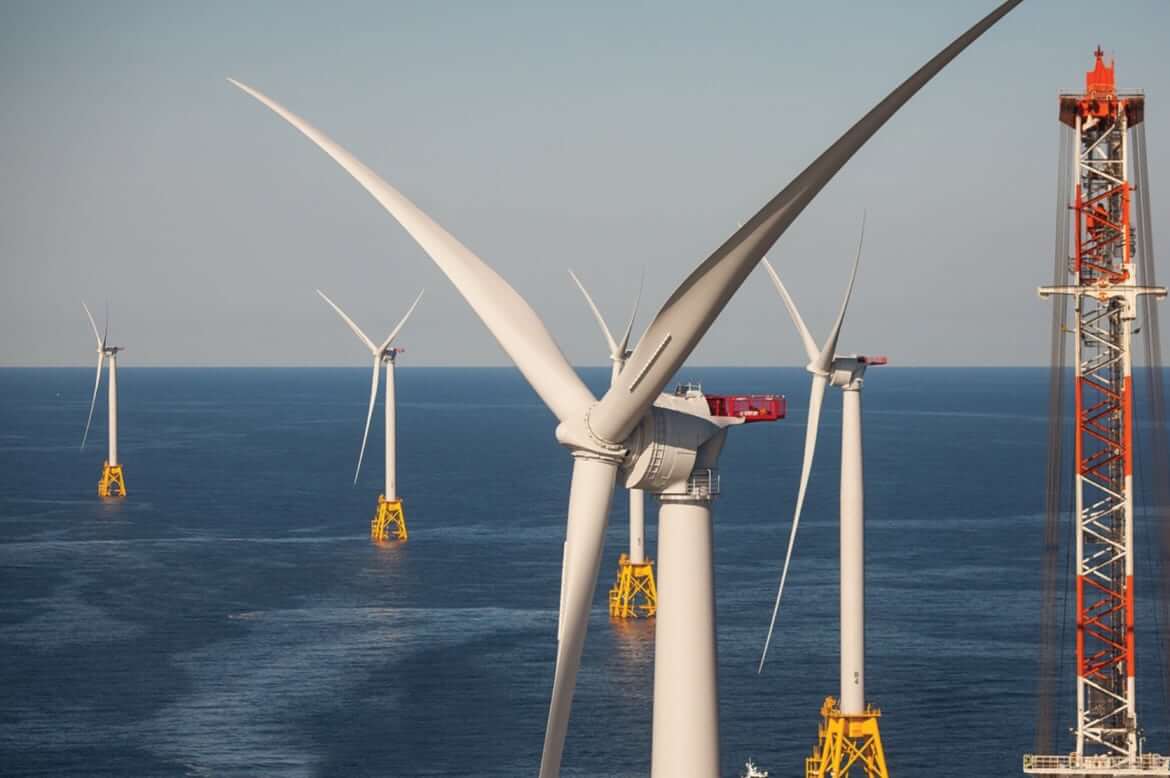Sensitive Archeological Resource Unearthed

Deepwater Wind uncovered “sensitive cultural resources” during the course of testing and has asked state officials to keep the information from the public.
The company redacted the information from a Section VII filing asking the state to approve its plan to bring offshore wind-generated power into the Town of East Hampton. Beach Lane in Wainscott is the preferred destination.
Leonard Singer, an attorney for Couch White LLP, representing Deepwater, wrote to Jessica Vigars, the New York State Records Access Officer, earlier this month. He asked Deepwater be allowed to keep certain information from the public view.
In addition to detailed pricing and the location of some “confidential commercial information,” Singer alluded to an Archeological Resources Online report. Silver maintained in his letter a “resource” was identified “during shovel testing.” Singer opined, “Should the location of this resource be disclosed, it may be vandalized, damaged, removed, or otherwise disturbed.” The archeological resource dates back from “before indigenous people came into contact with an outside culture.”
Larry Penny, the former Director of Natural Resources for East Hampton Town, said this type of finding typically mandates a review that could turn into a full-scale excavation. Singer said he did notify the State Historic Preservation Office but did not indicate Deepwater intended to take any further action. He did not identify when the find was made or where Deepwater was testing when it was uncovered.
Jeff Bragman, an East Hampton Town Board member who is opposed to the Deepwater project, was perturbed to learn that the town was not notified of the archeological find. Bragman was on the short end of a 3-2 board vote to grant Deepwater an easement that will allow it to bring a power cable on land at Beach Lane in Wainscott from its wind generators off Montauk.
He said on Thursday, September 27, that his understanding was that Deepwater was reporting that there is a concentration of Indian archeological sites in Napeague State Park, which is under consideration as an alternate landing site for the cable should the state reject Beach Lane in Wainscott.
An alternate site may be needed because the Town Trustees have yet to agree to an easement for Deepwater. Also, 341 Wainscott residents signed a petition last week urging the town not to allow the cable to land in Wainscott.
Bragman said the archeological find appears to be near one of the alternate sites. “It is within the area of potential effect. It does not look to me like it involves their preferred route,” Bragman added. The secrecy “seems appropriate for the reasons stated.”
He chastised his fellow board members that passed the resolution granting Deepwater an easement. “Obviously, the presence of these sites is an obstacle to using the alternative route. This information could have strengthened our hand by suggesting a reason why they might really be interested in Beach Lane,” Bragman opined.
He noted that Deepwater is offering the town financial incentives should the cable land in Wainscott. “This would have strengthened our hand . . . It proves the point that it was foolish to cut a deal on the easement or on community benefits without making use of the knowledge we gain in the review.” Deepwater officials have insisted they can land the cable on state-owned property in Napeague without permission from the town, but the presence of artifacts would complicate that scenario.
The Wainscott residents submitted a petition to the town board that reads, in part, “We demand that East Hampton not disturb Beach Lane with its planned wind landing site and select one of the alternate options.”
rmurphy@indyeastend.com



